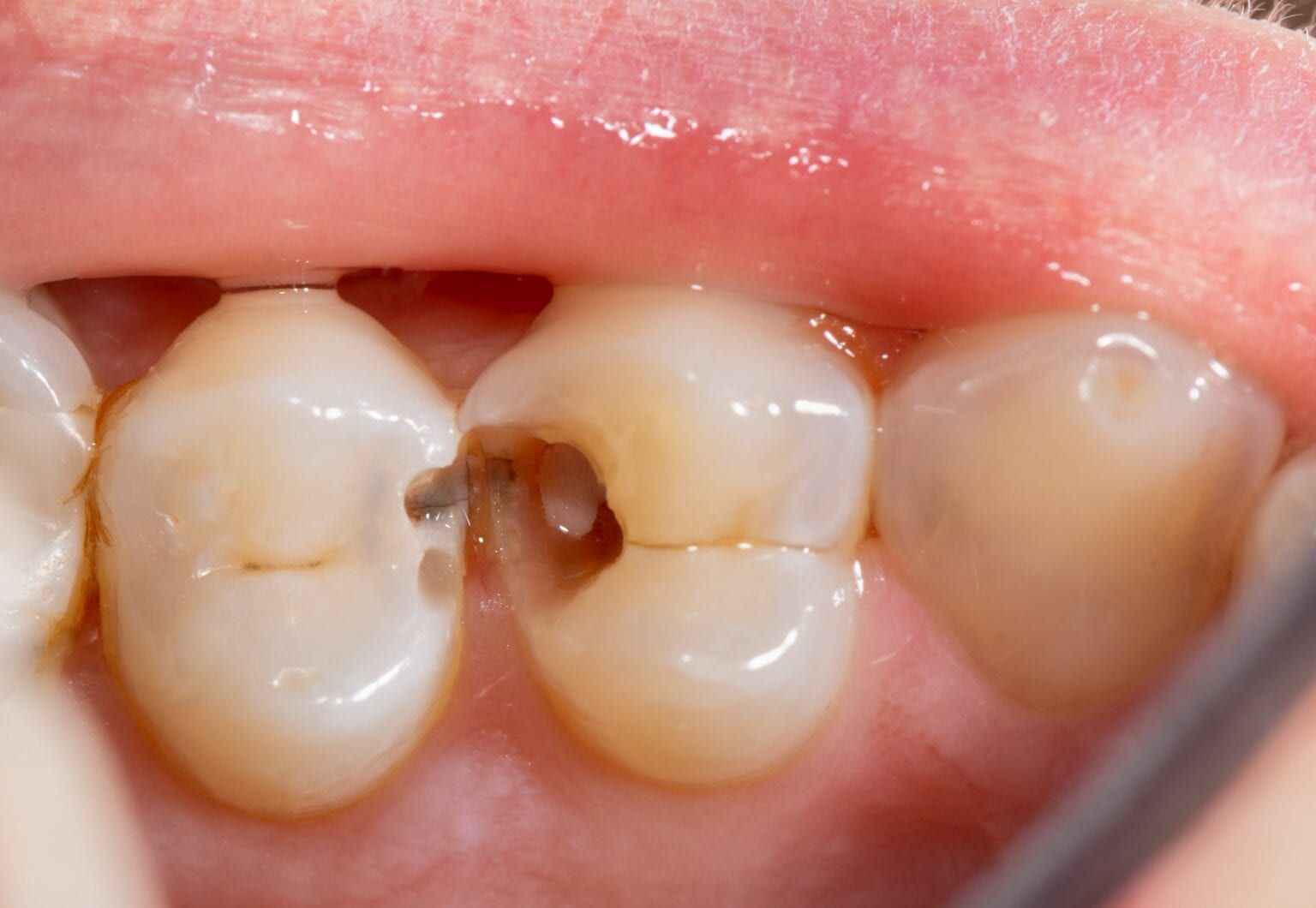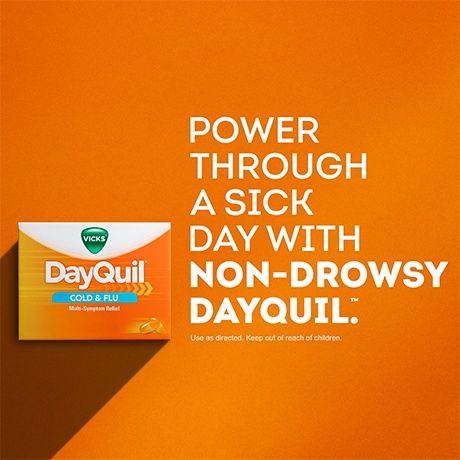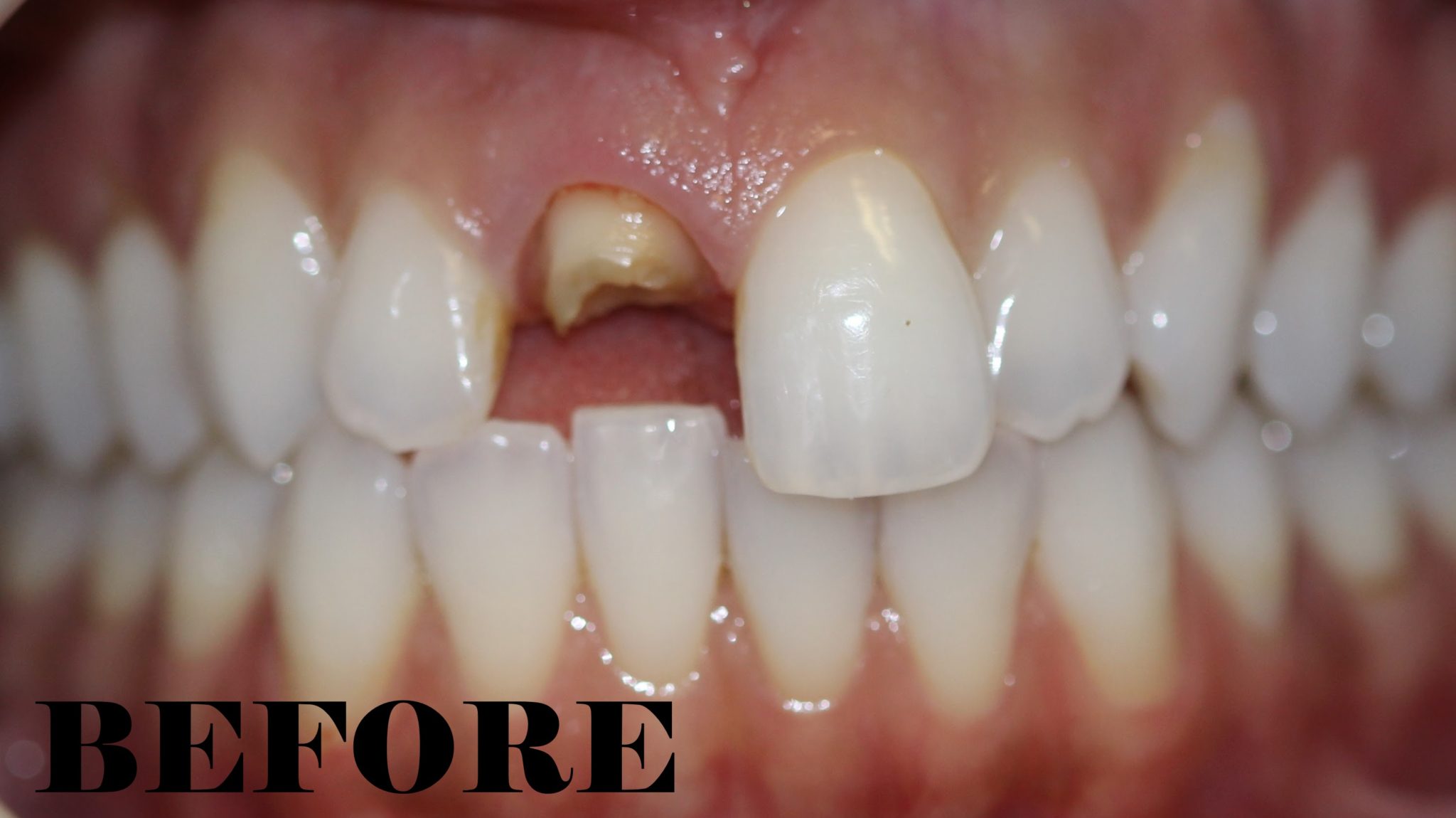10 Class 2 Dental Caries Tips For Easier Treatment

When it comes to managing dental caries, particularly those classified as Class 2, which involve the surfaces of molars and premolars that are in contact with each other, timely and effective treatment is crucial. Class 2 dental caries can be more challenging to treat than other types due to their location, which may require more complex restorative procedures. Here are 10 expert tips designed to make the treatment of Class 2 dental caries easier, more effective, and less invasive:
Early Detection: The key to easier treatment of Class 2 dental caries is early detection. Regular dental check-ups can help identify caries in their initial stages, allowing for less invasive treatments such as fluoride varnishes or sealants to prevent progression. Advanced diagnostic tools like digital radiographs and optical coherence tomography (OCT) can aid in the early detection of caries.
Minimally Invasive Dentistry: Adopting a minimally invasive dentistry approach can significantly reduce the complexity of treating Class 2 caries. This involves removing as little tooth structure as necessary to eliminate the decay, preserving the tooth’s natural strength and reducing the risk of future complications.
Air Abrasion: For early-stage caries, air abrasion can be an effective method for removing decay without the need for drilling. This technique uses a fine stream of abrasive particles to gently remove decayed tooth material, minimizing the removal of healthy tooth structure.
Fluoride Therapy: Applying professional fluoride treatments can help reverse early stages of tooth decay and make teeth more resistant to acid attacks from plaque bacteria and sugars in the mouth. Regular use of fluoride toothpaste and mouthwash at home can also support this preventive measure.
Dental Sealants: While primarily used for preventing occlusal caries on the chewing surfaces of teeth, dental sealants can also be applied to the surfaces of molars and premolars that are at high risk of developing Class 2 caries. Sealants fill in the small crevices on the surfaces of teeth, making it difficult for bacteria to accumulate and cause cavities.
Good Oral Hygiene Practices: Maintaining good oral hygiene is fundamental in preventing and managing dental caries. Regular brushing with a fluoride toothpaste and careful flossing can remove plaque and prevent the accumulation of bacteria on the tooth surfaces. Interdental brushes can also be useful for cleaning between teeth.
Dietary Changes: Making dietary changes to reduce the intake of sugars and acids can significantly impact the development and progression of dental caries. Avoiding frequent snacking and choosing sugar-free or low-acid alternatives can help minimize the exposure of teeth to harmful substances.
Silver Diamine Fluoride (SDF): For non-cavitated lesions or for patients who are not ready for fillings, Silver Diamine Fluoride (SDF) can be an effective treatment option. SDF is a liquid topical treatment that can be applied to teeth to stop the progression of caries. It is particularly useful for managing caries in high-risk patients or as an interim measure until more definitive treatment can be provided.
Glass Ionomer Cement Restorations: For cases where a filling is necessary, using glass ionomer cement can provide a beneficial treatment option, especially for teeth that are at high risk of further caries. Glass ionomer cements release fluoride, which can help prevent the recurrence of caries around the restoration.
Customized Treatment Plans: Each patient’s oral health situation is unique, requiring a customized treatment plan. Dentists should work closely with patients to understand their specific needs, risk factors, and preferences to develop a tailored approach to managing Class 2 dental caries. This collaborative approach ensures that the treatment is as effective as possible while also being minimally invasive and patient-centered.
In conclusion, managing Class 2 dental caries effectively involves a combination of preventive measures, early detection, and minimally invasive treatment approaches. By adopting these strategies, individuals can reduce the risk and impact of dental caries, preserving their oral health and reducing the need for extensive dental work.
What are the most common causes of Class 2 dental caries?
+The most common causes of Class 2 dental caries include poor oral hygiene, a diet high in sugars and acids, inadequate fluoride exposure, and the presence of bacteria that produce acid, such as Streptococcus mutans. Additionally, factors like the anatomy of the teeth, with deep grooves and contact points between molars and premolars providing ideal environments for bacterial accumulation, play a significant role.
How can I prevent Class 2 dental caries at home?
+Preventing Class 2 dental caries at home involves maintaining a rigorous oral hygiene routine, including brushing your teeth at least twice a day with a fluoride toothpaste, flossing once a day, and using an interdental brush to clean between your teeth. Limiting your intake of sugars and acidic foods and drinks can also significantly reduce the risk of caries. Regular dental check-ups are crucial for early detection and prevention of caries.
Are there any new technologies or treatments for Class 2 dental caries?
+Yes, several new technologies and treatments are emerging for the management of Class 2 dental caries. These include advanced diagnostic tools like optical coherence tomography (OCT) for early detection, the use of nanomaterials in restorative dentistry, and therapies like silver diamine fluoride for arresting caries progression. Additionally, ongoing research into products that can reverse early stages of caries, such as bioactive materials and peptide-based treatments, shows promise for the future of caries management.


